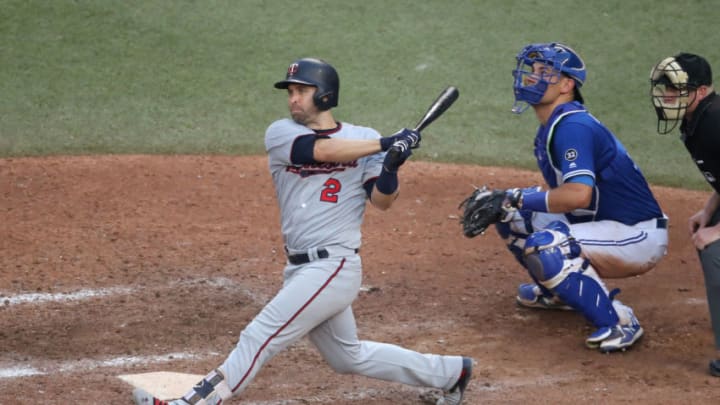
No. 1: Rod Carew
Years: 1967-1978 (12 Seasons)
Key Stats: 1635 G, 2085 Hits, 74 HR, 733 RBI, 271 SB, .334 BA, 63.8 WAR, 2.1 dWAR, Rookie of the Year, 12 Time All-Star, 1977 MVP, 8 Top 25 MVP Finishes, Hall of Fame
Rod Carew is the greatest hitter in franchise history and has a strong argument to be considered one of the greatest hitters of all time. Carew never once had a batting average below .273 and was named an All-Star in every year of his career except for the final one. The only question is what position list he would be on.
Carew played more innings at first base over his whole career but played more innings at second base as a Twin over a career that saw him make twelve all-star games, finish in the Top-25 of MVP voting EIGHT times, be named Rookie of the Year in 1967, and win MVP in1977.
Carew added up 2,085 hits (sixth all-time), 733 RBI (sixteenth), and a .334 BA (first) over his twelve seasons with the team, also finishing with a .393 OBP (first) and 613 walks (twelfth). His name is all over the team’s batting record books and his incredible 63.8 WAR is first in team history.
His speed and defense were extra bonuses, as he finished with 271 stolen bases, good for fifth in team history. He used his speed to become a solid defender as well. His dWAR of 2.1 won’t jump off the page, but it’s still well above average.
Rod Carew never helped the Minnesota Twins make the World Series, much less win it thanks to some outstanding Baltimore Orioles teams, but the Hall of Famer is far and away the best second baseman in team history. His number is retired by the team and he will always remain one of the Twins’ all-time greats.
